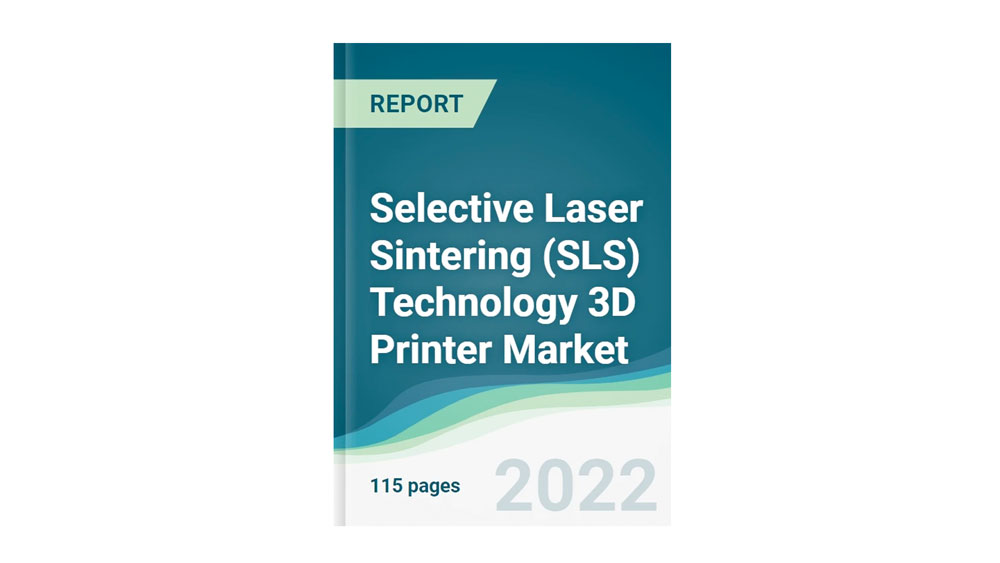The market research institute ResearchAndMarkets has published a report on Selective Laser Sintering (SLS). The report “Selective Laser Sintering (SLS) Technology 3D Printer Market – Forecasts from 2022 to 2027” analyses the current market and publishes forecasts up to 2027.
Selective laser sintering is a process of 3D printing in which a high-powered laser is utilized to bind the powder particles together. SLS printer offers the distinct benefit of giving inherent support to the completed layers without support structures, as compared to other 3D printing processes.
Also, since SLS printers only sinter the plastic, they can produce printed structures in a minimal amount of time. Sinterit recently presented two new revolutionary SLS printers, named the Lisa X and the NILS 480. The Lisa X became the fastest and largest compact SLS printer, while the NILS 480 became the first-industrial grade SLS printer. These printers were also equipped to guide the user through post-processing. SLS printers are also easy to build and can be built at home using simple equipment. With projects like SLS4All, announced by Tomas Starek, which explains the building process of an SLS printer, it becomes significantly easier to understand, use and build SLS printers by oneself.
FDA approved polypropylene
Recently, XYZprinting, a provider of 3D printing solutions, has announced a collaboration with AM Polymers to provide two new materials for its selective laser sintering (SLS) machines. A food-grade PP01 polypropylene powder and a PB01 TPU powder for the footwear sector have been added to the line. While the PB01 is an excellent material for the manufacture of footwear soles, it is the properties of PP01 that are truly revolutionary.
XYZprinting’s SLS machines can now use AM Polymers’ PP01 polypropylene powder. It’s a material with a high degree of detail, good chemical resistance at a low density, a tensile strength of 20 MPa, and a 30 percent elongation at break. Because the powder is food contact safe, it will be a popular choice for items used in kitchens and packaging. In addition, PP01 has a 50% refresh rate and a low cost per kilo. This powder is perfect for medical, automotive, robotics, and education applications, in addition to food. It may be used to make housings, ventilation systems, and liquid storage containers. PP01 powder is also recyclable and is reused by industries. With the added benefit of the large printing area that an SLS printer offers, this material can be used to mass-produce food-grade biodegradable objects.
Pharmaceutical applications
The SLS printers have the potential to rapidly produce medicines and revolutionize the pharmaceutical market. Because of the printer’s precision and swiftness, they have been an ideal choice for pharmaceutical companies. It can be used to rapidly produce highly porous medicines (used for rapidly dissolving pills) and a range of immediate-release drugs and dosages. Its high accuracy helps in the production of complex geometric pills and polypills.
According to Dr. Christoph Huels, the Founder of Merck Group, manufacturers are primarily focused on SLS printers because they have discovered that it produces oral solid dosage forms with desirable mass, hardness, roughness, and shape, as well as tablets with uniform API content and comparable dissolution to traditional manufacturing. SLS printers are also known for their ability to mass-produce consumer-ready products in a fraction of the time.
The full report can be found here.
Find out more about Research and Markets at researchandmarkets.com.
Subscribe to our Newsletter
3DPresso is a weekly newsletter that links to the most exciting global stories from the 3D printing and additive manufacturing industry.





















